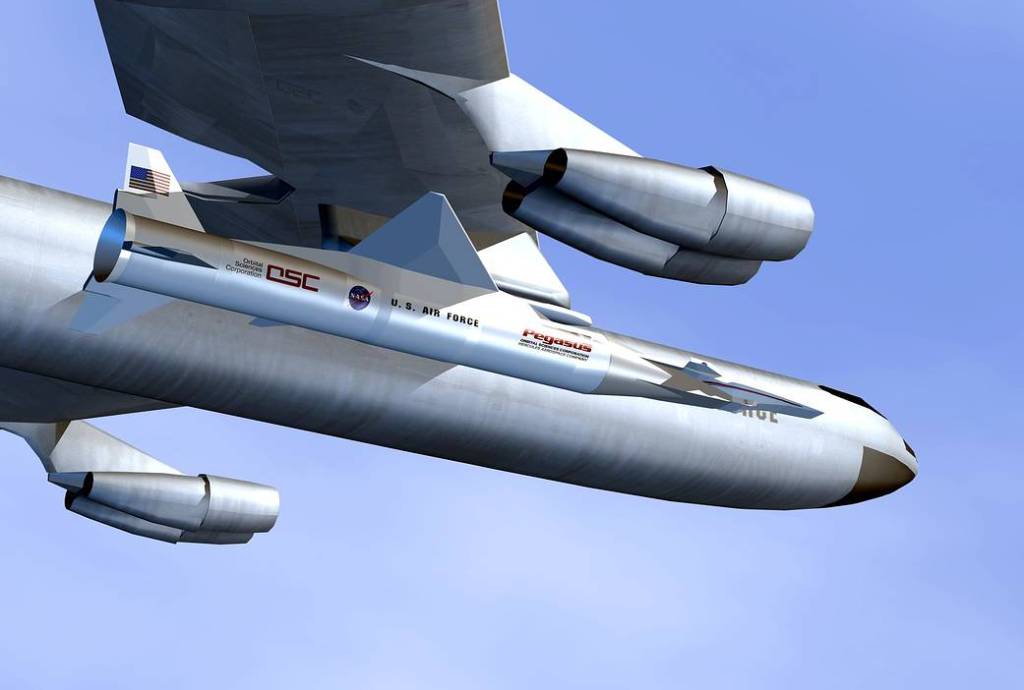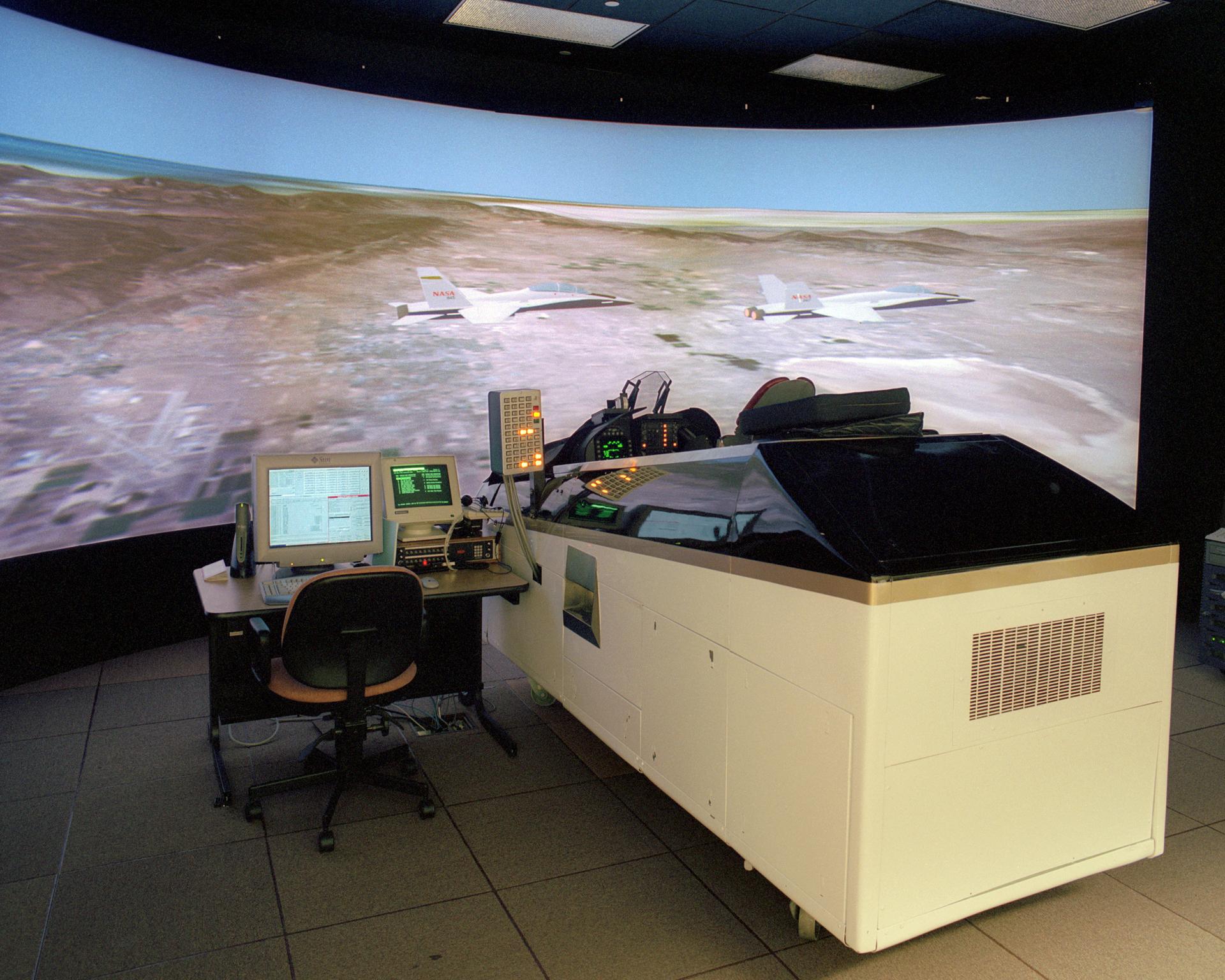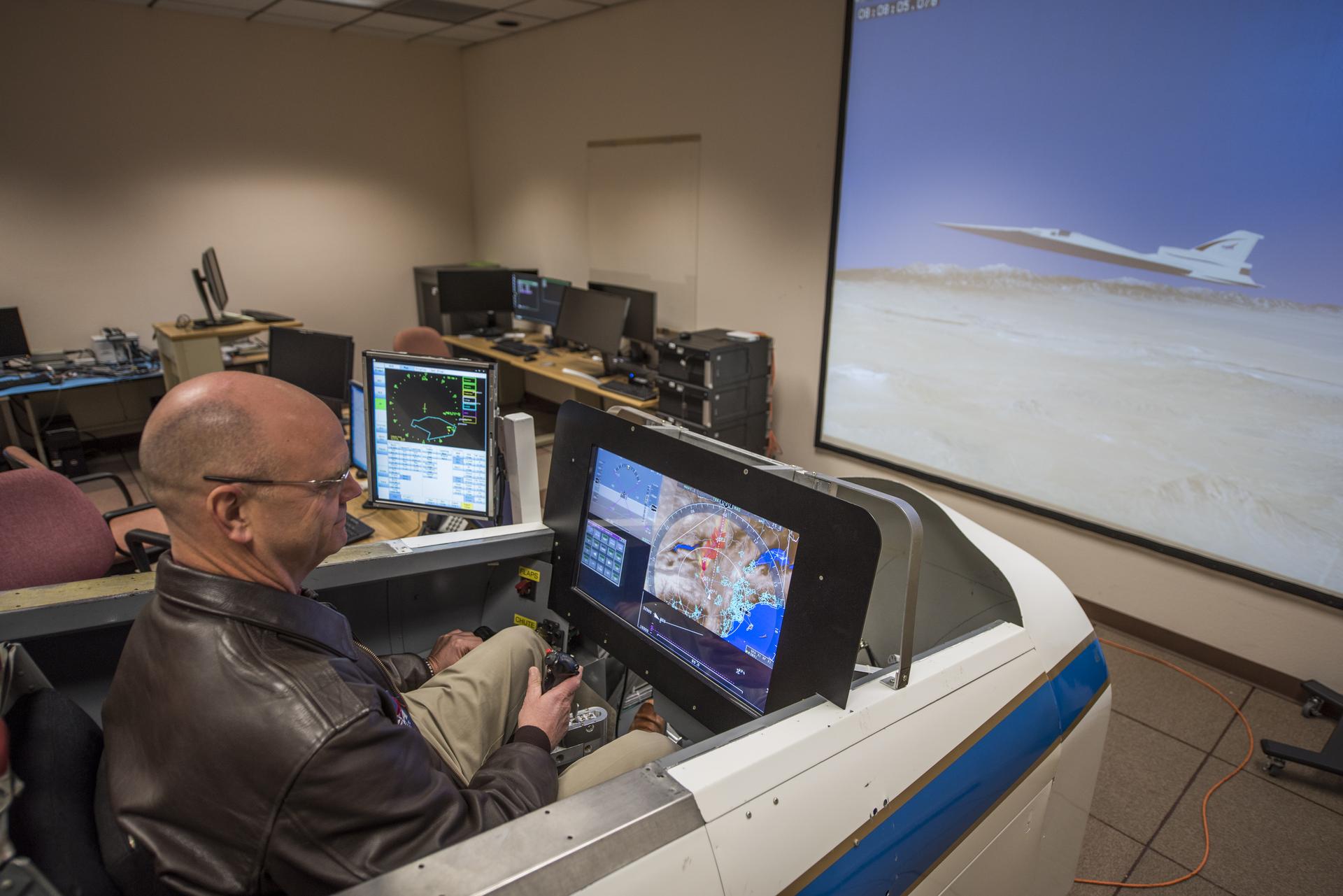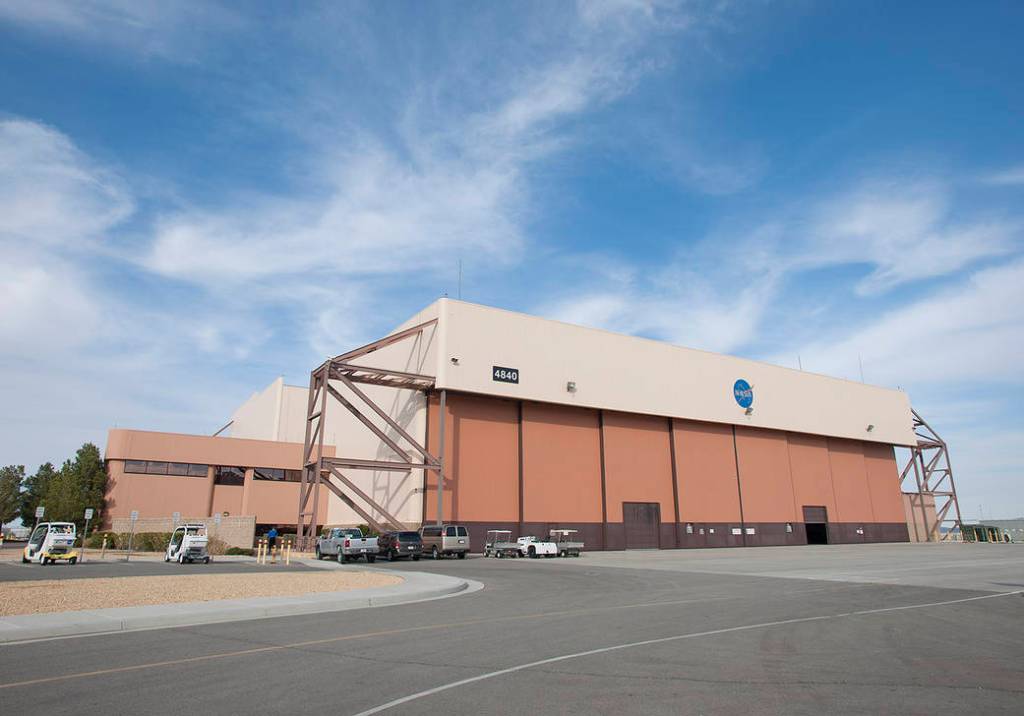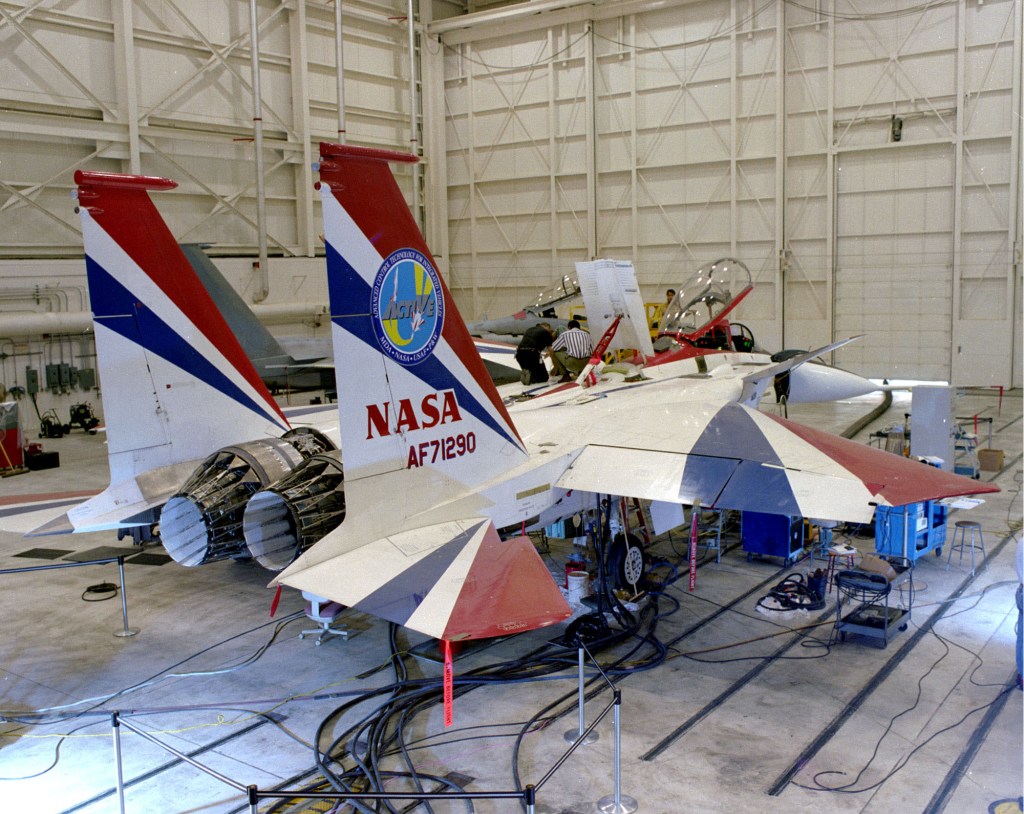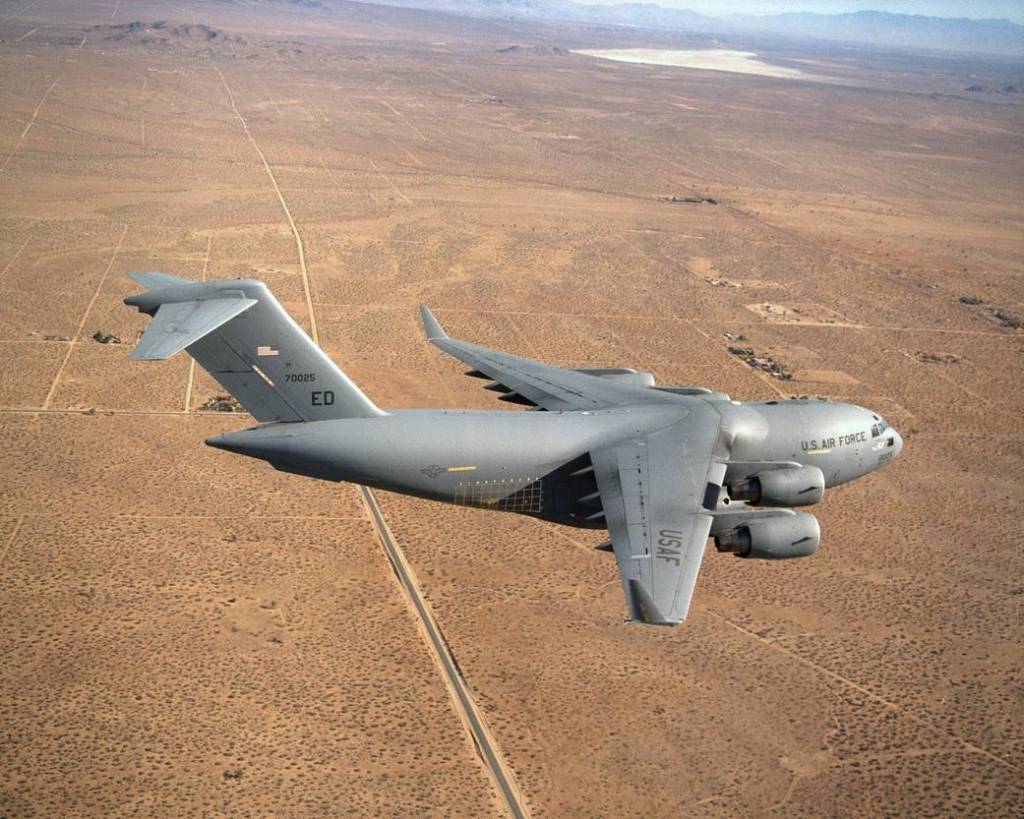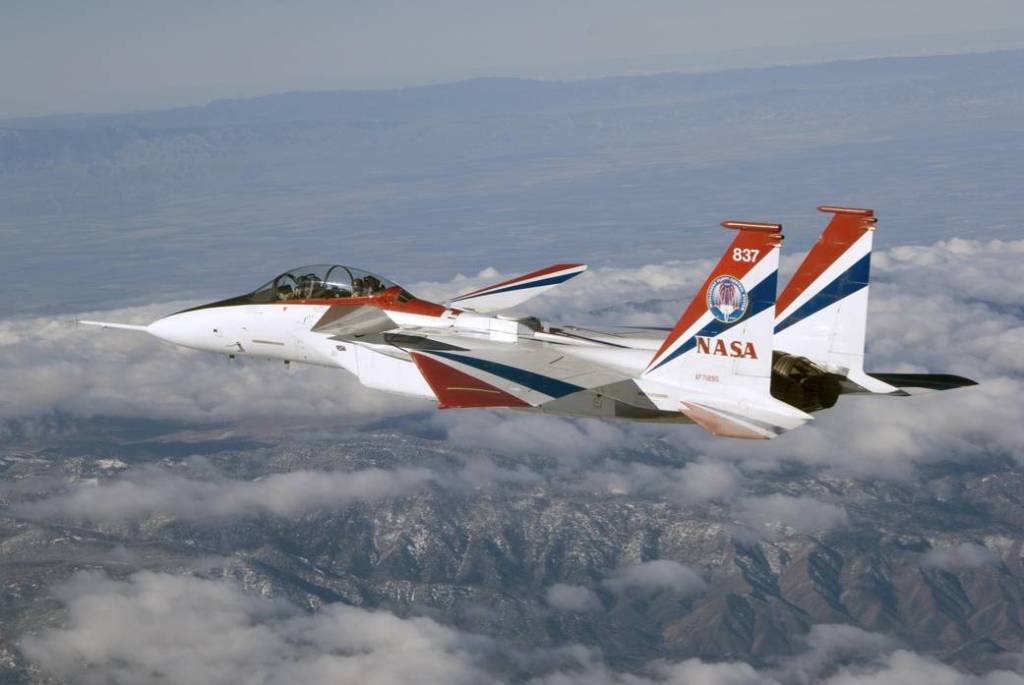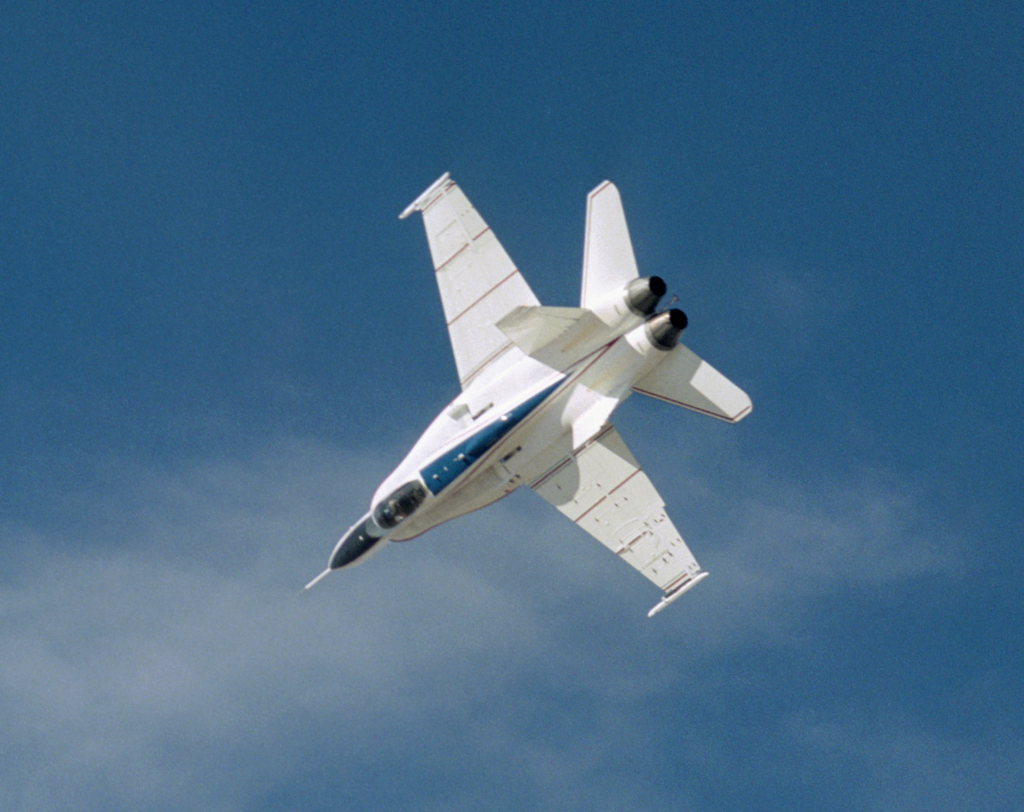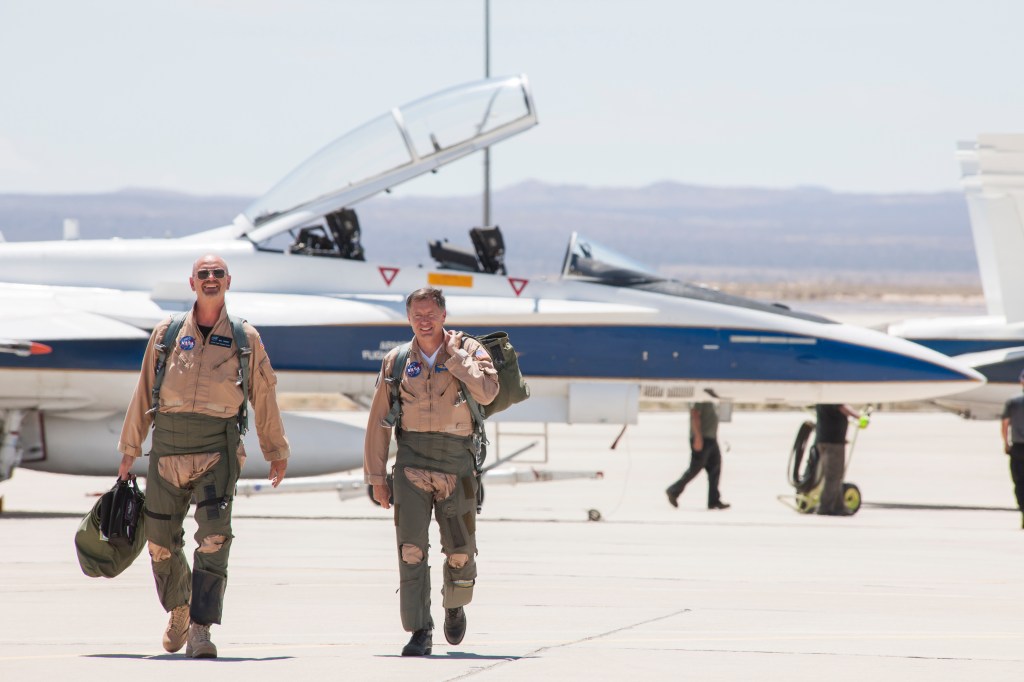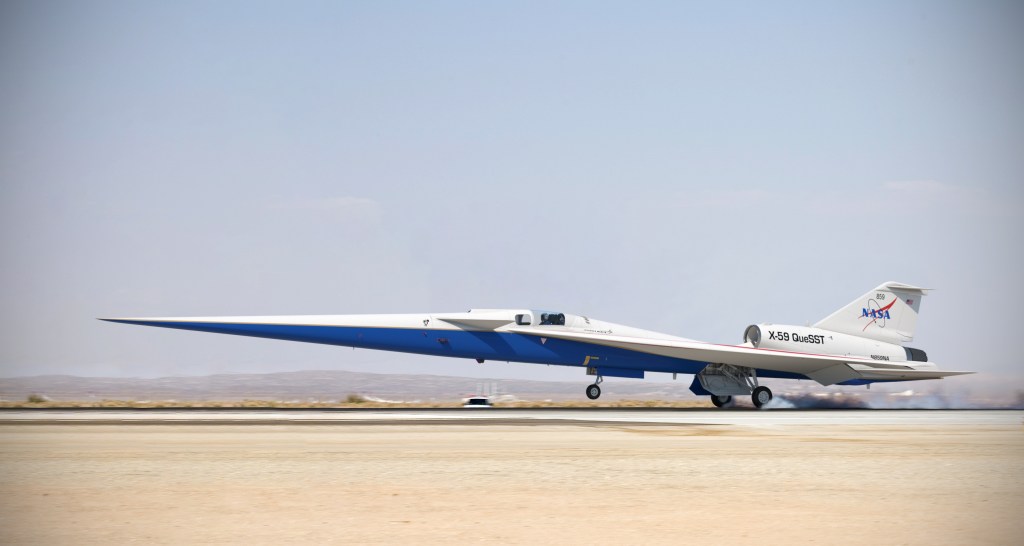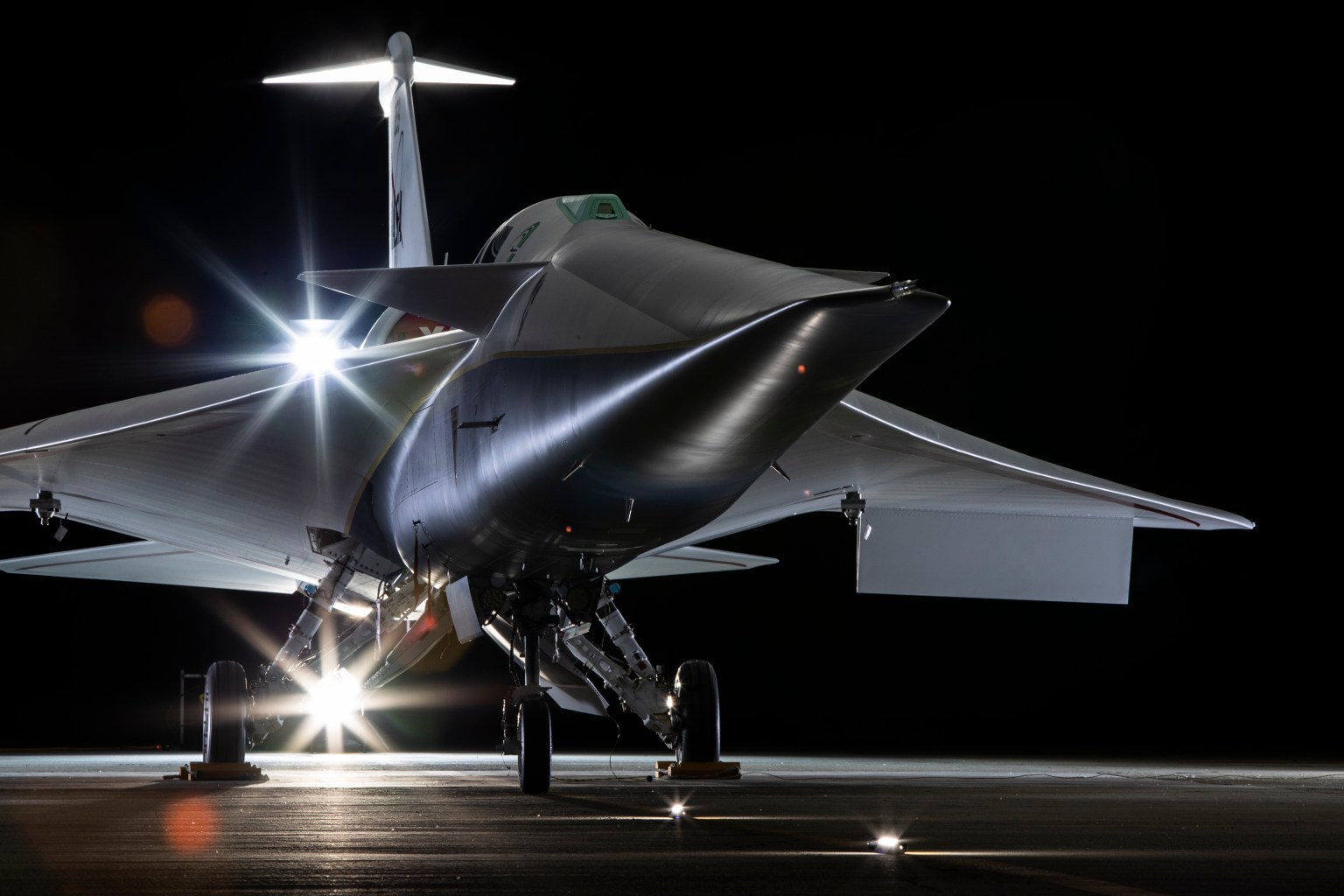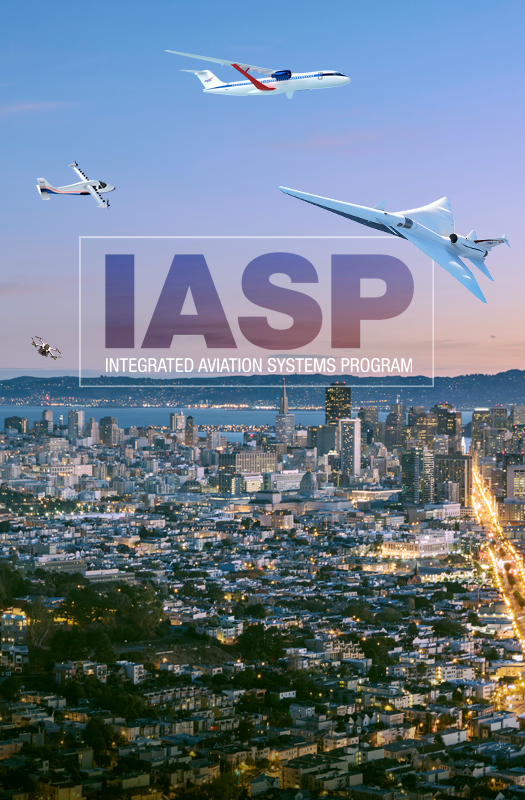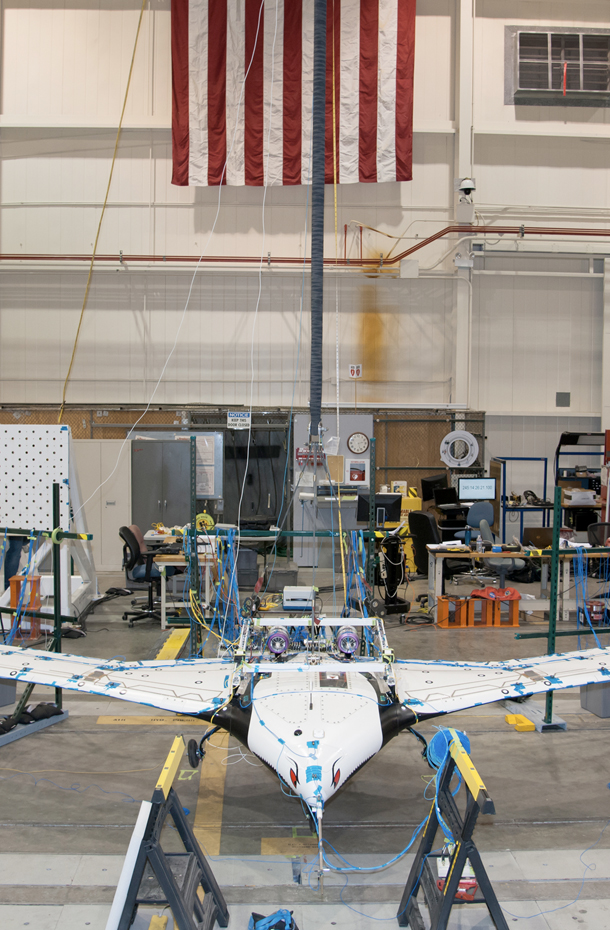Research Aircraft Integration Facility
The Research Aircraft Integration Facility (RAIF) at NASA’s Armstrong Flight Research Center in Edwards, California, simultaneously supports advanced, highly integrated aerospace vehicles through all phases of aeronautics, science, and space-based programs and projects.
Quick Facts
Overview
At NASA’s Research Aircraft Integration Facility, or RAIF, engineers test aircraft systems on the ground in ways that closely simulate how they perform in flight. The facility allows researchers to run real-time tests with the actual aircraft, helping to ensure safety and efficiency before takeoff.
Each aircraft is connected to a detailed computer simulation. Engineers use workstations to set initial conditions, start the test, monitor performance, collect data, and generate reports. These tools also help analyze results and compare data across multiple tests.
The simulation systems can also run independently, using a stationary cockpit equipped with working controls and instruments. This setup is used to develop and modify flight control systems, refine aerodynamic and propulsion models, and plan missions.
Workstations give engineers computer-aided tools to speed up the approval of new flight software. The RAIF can connect to NASA Armstrong’s mission control rooms and other facilities, allowing real-time comparisons between flight and simulation results. This capability also provides realistic training for mission controllers.
NASA Lab Advances Aircraft Testing, Training
Simulation systems at NASA Armstrong’s RAIF can be tailored for each project, including different levels of aircraft hardware. These systems support a wide range of research tasks, such as testing how aircraft respond to various conditions, studying system failures, evaluating backup systems, and collecting flight data. Simulations also play a key role in training pilots, planning flight research missions, and supporting report writing.
Read the RAIF Fact Sheet




























